On 28 August 2005 — Sheri Fink’s Day One — Hurricane Katrina reached New Orleans. The National Weather Service warned that ‘human suffering will be incrdible by modern standards’. Fink’s enormous book chronicles that suffering as experienced inside the Memorial Medical Centre, one of the city’s biggest hospitals. Traditionally, staff had sheltered from hurricanes in Memorial,
bringing along kids, parents and grand-parents, dogs, cats and rabbits, and coolers and grocery bags packed with party chips, cheese dip and muffulettos.
(With this book it helps if you can read American fluently.)
About 2,000 people, sick and well, awaited rescue. On Day Four floodwater entered the lower floors; the back-up generators, shortsightedly housed in the basement, failed. Memorial was without power. The machines that supported the critically ill were now useless. Without air-conditioning, the temperature reached 43 degrees, but at first no one dared break a window in case they were sued for damaging hospital property.
Lavatories overflowed; immobile patients sweltered in their excrement. Dehydrated dogs ran through the wards. Nurses sobbed into the fur of their dying pets by the side of untended patients. Staff equipped themselves with guns. The triage code was reversed; the ambulant patients were rescued first. The DNR (Do Not Rescucitate) patients, identified by black armbands, were ‘prioritised last’. Their relatives were ordered to leave them, in one case at gunpoint.
Dr Anna Pou, a surgeon with an excellent reputation for patient care, was one of the few medics still practising. Some had made their escape, but the majority were manhandling patients into helicopters and boats. Memorial was owned by Tenet, a gigantic (and negligent) healthcare company, but the seventh floor was leased to LifeCare, a service for long-term acute cases. Few Lifecare staff had remained in the building. Arrangements for the evacuation of the seventh floor were lost in a tangle of red tape and misunderstanding. Dr Pou, not officially responsible for the LifeCare patients, stepped in. Did she, or did she not, ‘euthanise’ the unrescued? And if she did, were the morphine shots merciful or murderous?
Fink accumulates evidence from over 500 interviews. The massed detail asks the questions which she deliberately leaves unanswered. Was Memorial really surrounded by ‘crazy black people’ rampaging for drugs who would ‘dismember, rape and torture’ the dying patients? That was the view of one of the trapped doctors; the gunshots he heard outside the dark, stinking hospital fed his fears. Could the frailest or heaviest patients realistically be shifted without elevators from the seventh floor to the rescue vehicles? Would these vehicles even return for them? Cellphones and internet connections failed; who knew what conditions the rescued would face? In short, would the DNR patients be better off dead?
The reader is led into an ethical quagmire where every firm foothold proves illusory. Fink is to be applauded for resisting the temptation to shape this complex story into a Hollywood epic of tragedy and triumph. Her first section, ‘Deadly Choices’, follows the five days inside in exhaustive, even tedious, detail. Part II, ‘Reckoning’, describes the legal and political aftermath. The bereaved, angry and under-informed wanted Pou to be called to account. The media bayed for a sensational story. ‘I don’t want to relive Hurricane Katrina,’ yelled a newscaster, cutting short the careful answers of an eyewitness trying to give an honest picture, ‘I want to find out if there was an angel of death stalking the halls of Memorial Medical!’ God was invoked a lot. Whose side was he on?
Dr Pou and two nurses were charged with second-degree murder. Public support influenced their acquittal. During Katrina, it was felt, New Orleans had become un-American, ‘an irrational and uncivil environment’. If you hadn’t lived through it, you couldn’t judge.
Fink clearly feels that Pou did the wrong thing. But she turns the concept of mercy killing over and over, forcing us to consider it from every angle. The tone can be ponderous:
Many scholars credited St Thomas Aquinas for the most influential articulation of the concept. Were the injections intended to harm and kill, or to palliate?
Her scrutiny, however, provides a comprehensive survey of early 21st-century situational ethics. Despite revealing her own bias, Fink doesn’t allow us the comfort of an easy answer.
She raises questions about race, faith, the ‘lawyering-up’ of individuals and corporations, modern medicine’s over-reliance on technology, the damage done to medical care by legal and financial considerations and much more. It’s an impressive and important book, but Fink didn’t win her Pulitzer prize for her prose style, which too often mirrors the waterlogged conditions it describes.
When the dilatory President flies over New Orleans. ‘daylight sharpened the maze of creases on his face and illuminated the frown on his lips’, a sentence of which Dubya himself would have been proud. Fink delineates her characters mainly in terms of size — ‘her ample frame’, ‘his skinny legs’ — or hairstyle. A greasy combover marks out an untrustworthy lawyer. Dr Pau’s hair is deceptively ‘fluffy’. For ‘a fancy celebration to raise money for her defence’, Raoul, her loyal hairdresser, ‘created a poufy shag for the occasion’. Such details aren’t enough; the huge dramatis personae remains largely inert.
Pou’s own description of the state of her soul is far more resonant than her hair, whether fluffy or poufily shagged. She had thought her soul was white, but ‘I have a feeling I must have had some black marks I didn’t know about’. In exposing Pou’s black marks, Fink obliges her readers to examine their own. It is a considerable achievement.
Got something to add? Join the discussion and comment below.
Get 10 issues for just $10
Subscribe to The Spectator Australia today for the next 10 magazine issues, plus full online access, for just $10.
Available from the Spectator Bookshop, £13.49. Tel: 08430 600033
You might disagree with half of it, but you’ll enjoy reading all of it. Try your first month for free, then just $2 a week for the remainder of your first year.


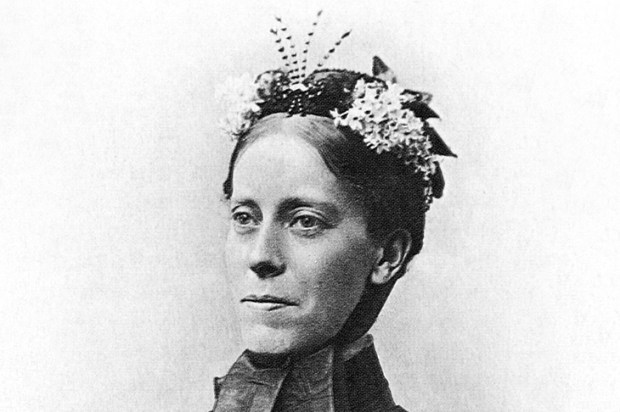
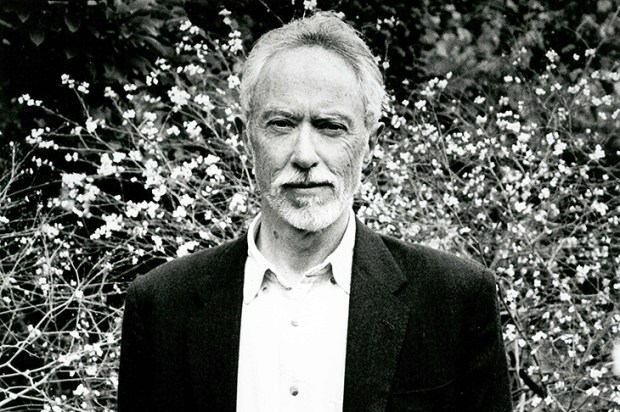

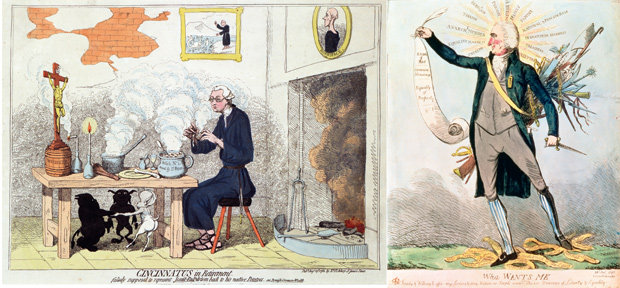
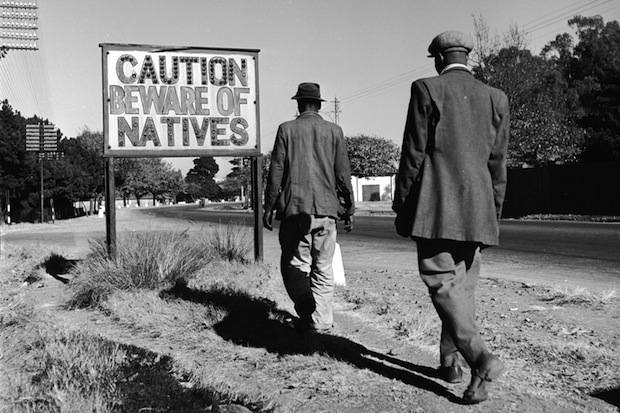
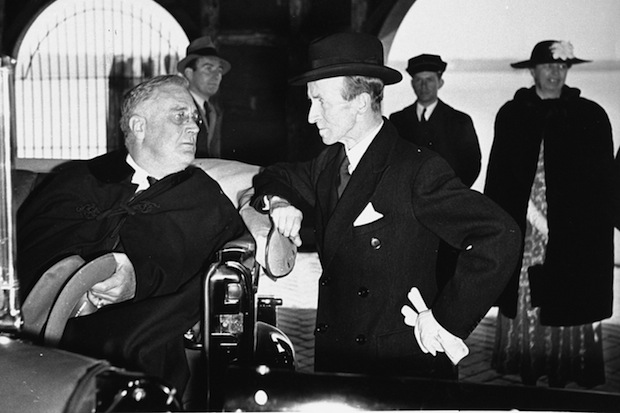






Comments
Don't miss out
Join the conversation with other Spectator Australia readers. Subscribe to leave a comment.
SUBSCRIBEAlready a subscriber? Log in